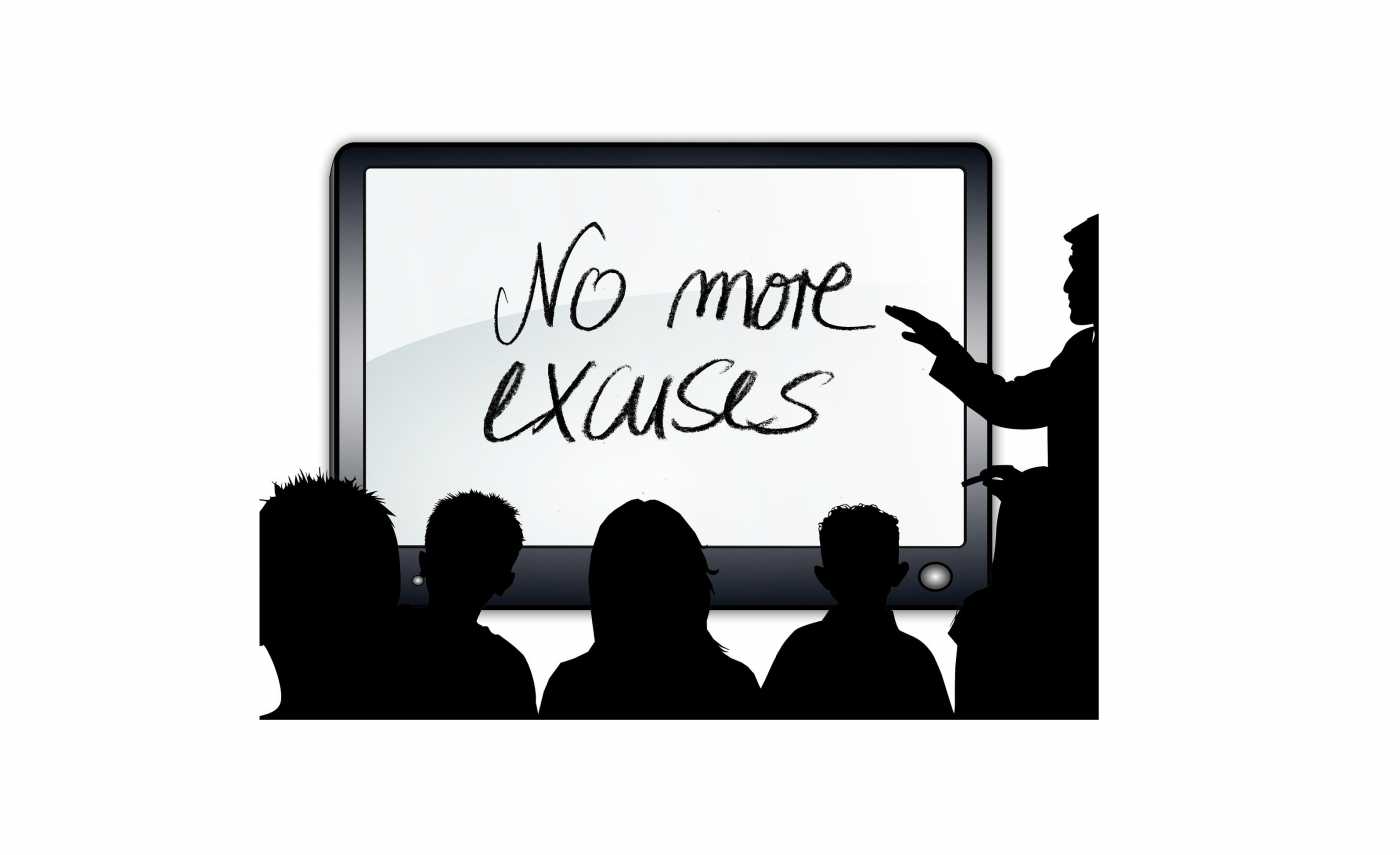There are no excuses for Death by PowerPoint, and bad presenters are giving PowerPoint a bad name. It is time to end this practice so that people stop groaning at the thought of someone using PowerPoint.
What Causes Death by PowerPoint
Sadly that is a really easy answer – too many words on the slides. This generally means that there is either a lack of creativity, or worse, the presenter is using the slides for their script. Did you know that a recent university experiment proved that if a person reads out their slides then the brain will not remember anything about the presentation as it doesn’t know if it should be remembering the text on the slides or what it is hearing, so does not try to remember either. Guaranteed to make the presentation forgettable.
Getting it right
First we have to start with the assumption that the slides must not be the script of the presenter. The brain does not need to read a whole line of information to be able to remind the presenter of what they are going to say. Bullet points are enough, but even better are images, as they are both interesting to the audience and will act a the prompt for what to say.
We must remember that PowerPoint slides are to support the speaker and not replace them therefore the role they have to play is to:
- To make a presentation more memorable
- To explain complex ideas
- To add interest
- To avoid misunderstandings
- To reinforce ideas.
Where possible a good visual should:
- Stimulate interest
- Be clear and concise
- Be bold and big
- Involve the audience and their emotions
It needs to avoid too many words and lettering that is too small caused by too many words. Remember never smaller then 22 point and that should keep the word count down.
Animating aspects of the slides can be really interesting as long as it isn’t overdone, and where possible the slide builds up automatically so the presenter doesn’t have to keep clicking the button to advance the animation through its sequences.
There is no right or wrong number to the amount of slides, but the rule of thumb is that the slide has a purpose that will make the presentation more interesting to the audience, not just for the benefit of the presenter.
I am always happy to see the improvement the delegates make to their presentations by the end of my course. The most exciting aspect is not that they have improved, but that they did so themselves and did not have to retain a designer or graphic artist to help them. They had it in them, they just needed to understand these quite simple rules.
Let’s end the concept of Death by PowerPoint, and instead look forward to interesting presentations that will stimulate us and help us to remember the information presented to us.

